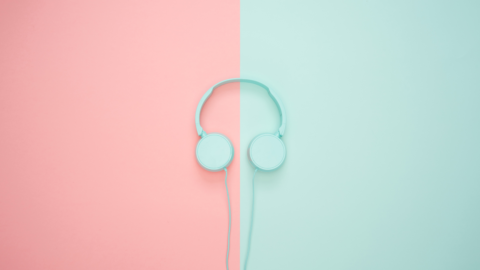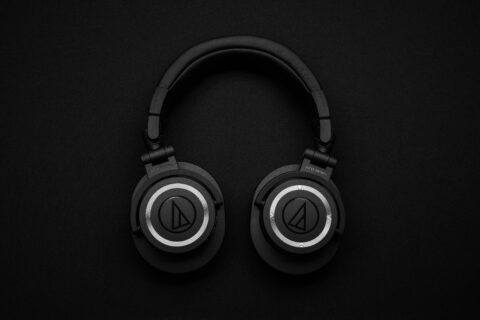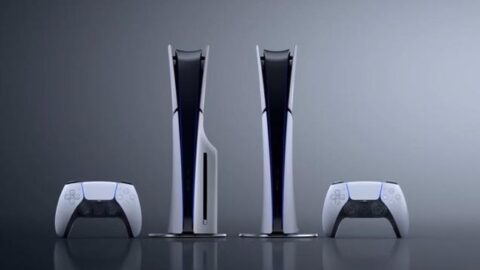The best cheap headphones for under £100, including models from Sony and JBL.

This content originally appeared on Mashable for a US audience and has been adapted for the UK audience.
What are the true essentials that every modern person needs? Water, food, oxygen, and oh yeah, a cracking set of headphones. Indeed, you can’t put a price on a great pair of headphones. Except for when you’re working on a budget. Sometimes you just have to put a price on them. In this case, £100 or less.
There is a common trap that a lot of shoppers fall into with headphones: The (false) notion that you need to spend big to get the best technology. Sure, you probably have a better guarantee with the most expensive devices from the biggest brands, but that doesn’t mean quality can’t be found at a more reasonable price point.
Switched-on shoppers will find deals on tech, including laptops, desktops, smartphones, and more, with just a little know-how. See below: You’ll also find great-sounding, tech-savvy headphones at low prices — without comprising on quality.
What’s the best headphones brand?
There are plenty of brands out there — from household name manufacturers to lesser-known audio wizards — offering big sound, total comfort, and serious style. You already know the big-name players such as Philips, Sony, Bose, and Apple. And sticking to the top brands always has plus points. You know you’re getting the best. There are however lots of other brands to consider. There’s great value and surprisingly good spec on offer from smaller brand names like JBL.
What are the most important headphones features?
Choosing a pair of affordable headphones doesn’t mean simply knowing where to get the lowest prices. It means knowing the key features and the spec that best suits your lifestyle and listening habits. Consider whether you prefer old school wired headphones or something that’s wireless and Bluetooth-equipped. Other features to research include built-in microphones for making calls, or apps that allow you to control the music levels and other functions. Also, check out what kind of drivers the headphones offer. Drivers are little bits of tech that convert electronic signals into sound. The best performing drivers within this price point are between 30mm-50mm. Look for performance across the range of frequencies — the highs, mids, and lows.
What is noise cancellation?
This is another important feature in up-to-date headphones. It’s pretty much as it sounds — a feature built into headphones that keeps out external noise, allowing you to fully immerse yourself into the music distraction-free. There are two basic kinds of noise cancellation: Passive and active noise cancelling.
Passive noise cancellation is achieved by the design and build of the headphones, which physically blocks out noise. This might include large over-ear cups that create a seal which prevents external sound seeping through.
Active noise cancellation (ANC) uses a system of small microphones which pick up in-coming sounds and create anti-noise sound waves to cancel them out. Advanced variations include noise cancelling which adapts to your surroundings — or can even be customised — and a transparency mode which allows certain sounds to bleed through, so you can tune back in to reality or have a conversation IRL.
Do closed-back or open-back headphones sound better?
“Closed-back” and “open-back” are other terms you may have come across. Closed-back headphones have hard-shell ear cups which direct the sound towards your ears and keep out external noise. They’re best for listening on-the move or in busy places. Open-back headphones have ventilation — usually with a mesh design on the ear cup — which allows sound to go both ways. This causes sound leakage both ways, but creates a more natural, realistic sound.
To the untrained ear, open-back sounds like a cheap alternative. But the open-back design is usually reserved for top, audiophile-friendly models because the sound is actually superior — closer to listening to a stereo or even a band playing live. At this price point, however, closed-back are more common.
What are the best headphones for under £100?
You could go and hunt down the best value headphones that the internet has to offer, but — fortunately for you — we’re absolute gluttons for audio-based punishment. We’ve done the hard work of tracking down the best headphones that go easy on your bank balance. Just choose the pair that sounds good.
These are the best headphones for under £100 in 2023.


















